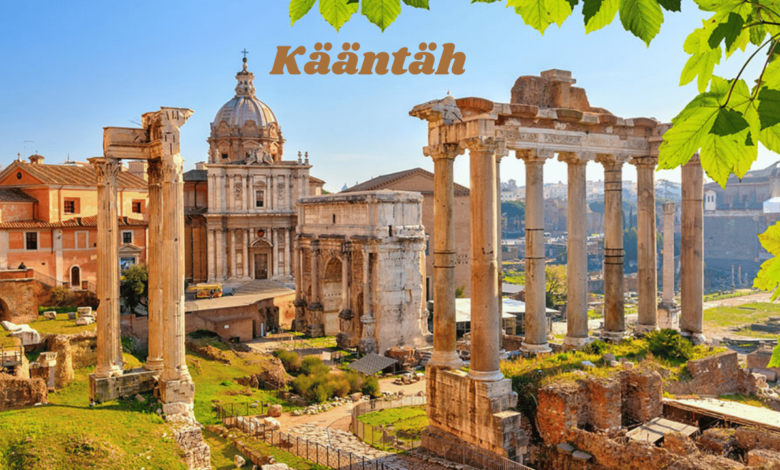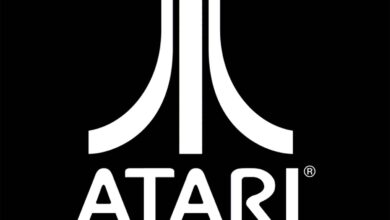Unveiling the Mystery of Kääntäh: A Deep Dive into the Unique Concept

In the vast world of language and culture, specific terms hold significant cultural and historical importance. One such term is kääntäh. While it may not be a household name, understanding kääntäh provides a unique lens into the rich tapestry of human expression. This article delves into the origins, meanings, and cultural significance of kääntäh, offering a comprehensive exploration of this fascinating concept.
What is Kääntäh?
The term kääntäh may appear enigmatic to many, but it carries profound meaning within specific cultural contexts. Derived from a language spoken by a particular indigenous community, kääntäh encapsulates a concept that transcends simple translation. In essence, kääntäh” refers to a practice or tradition that is deeply embedded in the cultural fabric of the community.
Historical Origins
Understanding kääntäh necessitates a journey back in time to explore its historical roots. The term has its origins in the oral traditions of a specific indigenous tribe, where it was used to describe a sacred ritual or a unique cultural practice. These practices were often passed down through generations, maintaining their relevance and significance over centuries.
Cultural Significance
A Window into Tradition
Kääntäh serves as a window into the traditions and customs of the community from which it originates. It is a testament to the ingenuity and creativity of the people who developed and sustained these practices. By studying kääntäh, we gain insight into the values, beliefs, and way of life of the community.
Preserving Heritage
In the current era of swift globalization, the maintenance of cultural heritage is of paramount importance. Kääntäh represents a crucial aspect of the cultural identity of the community. Efforts to document and preserve kääntäh contribute to the broader mission of safeguarding intangible cultural heritage for future generations.
Linguistic Analysis
Etymology
The etymology of kääntäh reveals layers of meaning. Breaking down the term into its linguistic components offers a glimpse into the nuances that define it. The root word may be linked to verbs or nouns that describe actions, objects, or concepts integral to the practice of kääntäh.
Comparative Linguistics
Comparative linguistics sheds light on how kääntäh relates to similar terms in other languages. This analysis can reveal shared cultural elements and historical connections between different communities. By comparing kääntäh with analogous terms, we can better understand its unique and universal aspects.
Modern Relevance
Revival and Adaptation
In contemporary times, there has been a renewed interest in traditional practices like kääntäh. Modern adaptations and revivals of kääntäh demonstrate its enduring relevance. These efforts often involve collaboration between community elders, scholars, and cultural practitioners to ensure authenticity and respect for tradition.
Cultural Festivals
Cultural festivals celebrating kääntäh provide a platform for showcasing this unique tradition to a broader audience. These festivals often include demonstrations, performances, and workshops that engage participants and foster a deeper appreciation for kääntäh.
Challenges and Opportunities
Preservation Efforts
One of the primary challenges facing kääntäh is the risk of cultural erosion. As older generations pass away, there is a danger that the knowledge and practices associated with kääntäh may be lost. However, digital archiving, educational programs, and community initiatives offer opportunities to preserve and revitalize kääntäh.
Global Awareness
Raising global awareness about kääntäh is crucial for its preservation. By sharing the story of kääntäh with the world, we can garner support for cultural preservation initiatives and encourage cross-cultural understanding. This awareness can be fostered through documentaries, academic research, and media coverage.
The Future of Kääntäh
Integration into Education
Integrating kääntähinto educational curricula can play a significant role in its preservation. By teaching young people about kääntäh, we ensure that the tradition continues to thrive. Academic programs can include field trips, storytelling sessions, and hands-on activities that immerse students in the practice of kääntäh.
Digital Platforms
Digital platforms offer innovative ways to document and share kääntäh. Virtual reality experiences, online archives, and interactive websites can bring kääntäh to a global audience. These platforms also allow for the collection and dissemination of knowledge from community members who are the custodians of kääntäh.
Conclusion
Kääntäh is more than just a word; it is a gateway to understanding a vibrant cultural tradition. By exploring its origins, meanings, and significance, kääntäh, we gain a deeper appreciation for the diverse tapestry of human expression. As we move forward, it is essential to continue efforts to preserve and celebrate kääntäh, ensuring that this unique cultural practice remains a living and thriving part of our global heritage.
FAQs about Kääntäh
What is kääntäh?
Kääntäh is a term from an indigenous language that refers to a specific cultural practice or tradition. It embodies a concept deeply rooted in the history and customs of the community it originates from.
What does kääntäh mean?
Kääntäh is more than just a word; it encapsulates a cultural practice or ritual that holds significant meaning within its community. The specific meaning can vary but is often linked to sacred or traditional activities.
Why is kääntäh important?
Kääntäh is crucial because it represents a vital aspect of the cultural heritage of the community it comes from. Understanding and preserving “kääntäh” helps maintain the community’s identity and traditions.
How is kääntäh practised today?
In modern times, kääntäh is practised through community events, cultural festivals, and educational programs. Efforts are made to adapt and revive the practice while staying true to its traditional roots.
What challenges does kääntäh face?
Kääntäh faces challenges such as cultural erosion, the passing of older practitioners, and globalization’s influence. However, initiatives in digital archiving, education, and global awareness are helping to preserve it.
Read More: Exploring the Enigmatic Masqlaseen: Guardians of Ancient Traditions




